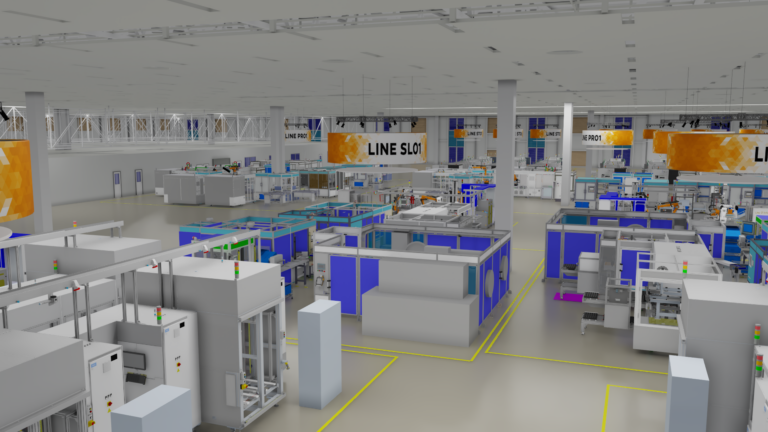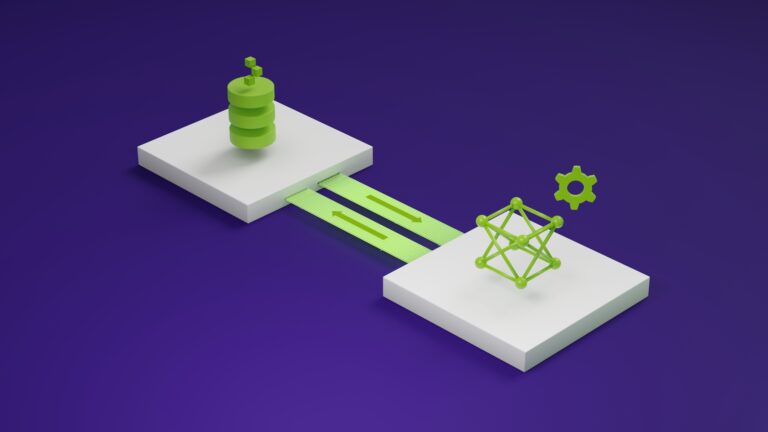GeForce NOW brings 24 new games for members this month. Ninja Theory’s highly anticipated Senua’s Saga: Hellblade II will be coming to the cloud soon — get ready by streaming the first in the series, Hellblade: Senua’s Sacrifice, part of the seven new games joining the GeForce NOW library this week. Plus, game across more
Read Article
Harnessing optimized AI models for healthcare is easier than ever as NVIDIA NIM, a collection of cloud-native microservices, integrates with Amazon Web Services. NIM, part of the NVIDIA AI Enterprise software platform available on AWS Marketplace, enables developers to access a growing library of AI models through industry-standard application programming interfaces, or APIs. The library
Read Article
NVIDIA will host a conference call on Wednesday, May 22, at 2 p.m. PT (5 p.m. ET) to discuss its financial results for the first quarter of fiscal year 2025, which ended April 28, 2024.
Arthur.ai enhances the performance of AI systems across various metrics like accuracy, explainability and fairness. In this episode of the NVIDIA AI Podcast, recorded live at GTC 2024, host Noah Kravitz sits down with Adam Wenchel, cofounder and CEO of Arthur, to discuss the challenges and opportunities of deploying generative AI. Their conversation spans a
Read Article
 With automotive consumers increasingly seeking more seamless, connected driving experiences, the industry has increased its focus on connectivity, advanced…
With automotive consumers increasingly seeking more seamless, connected driving experiences, the industry has increased its focus on connectivity, advanced…
With automotive consumers increasingly seeking more seamless, connected driving experiences, the industry has increased its focus on connectivity, advanced camera systems, and the in-vehicle experience. Continental, a leading German automotive technology company and innovator for automotive display solutions, is developing AI-powered virtual factory solutions to address these shifts and…
YouTube robotics influencer Dave Niewinski has developed robots for everything from driveable La-Z-Boy chairs to an AI-guided cornhole tosser and horse-drawn chariot racing. His recent Interactive Animatronic GLaDOS project was among nine winners in the Hackster AI Innovation Challenge. About 100 contestants vied for prizes from NVIDIA and Sparkfun by creating open-source projects to advance
Read Article
Chatbots powered by large-language AI models have transformed computing, and NVIDIA ChatRTX lets users interact with their local data, accelerated by NVIDIA RTX-powered Windows PCs and workstations.
 This week’s model release features DBRX, a state-of-the-art large language model (LLM) developed by Databricks. With demonstrated strength in programming and…
This week’s model release features DBRX, a state-of-the-art large language model (LLM) developed by Databricks. With demonstrated strength in programming and…
This week’s model release features DBRX, a state-of-the-art large language model (LLM) developed by Databricks. With demonstrated strength in programming and coding tasks, DBRX is adept at handling specialized topics and writing specific algorithms in languages like Python. It can also be used for text completion tasks and few-turn interactions. DBRX long-context abilities can be used in RAG…
 At GTC 2024, experts from NVIDIA and our partners shared insights about GPU-accelerated tools, optimizations, and best practices for data scientists. From the…
At GTC 2024, experts from NVIDIA and our partners shared insights about GPU-accelerated tools, optimizations, and best practices for data scientists. From the…
At GTC 2024, experts from NVIDIA and our partners shared insights about GPU-accelerated tools, optimizations, and best practices for data scientists. From the hundreds of sessions covering various topics, we’ve handpicked the top three data science sessions that you won’t want to miss. RAPIDS in 2024: Accelerated Data Science Everywhere Speakers: Dante Gama Dessavre…
 Professional workflows have become more complex with the increased demand for graphics-intensive scenarios. From regular office applications to demanding…
Professional workflows have become more complex with the increased demand for graphics-intensive scenarios. From regular office applications to demanding…
Professional workflows have become more complex with the increased demand for graphics-intensive scenarios. From regular office applications to demanding manufacturing, architectural, engineering, and media and entertainment applications, GPU-enabled Cloud PCs are enabling professionals to access those applications from anywhere and on any device from the cloud. Windows 365 Cloud PCs are now…
